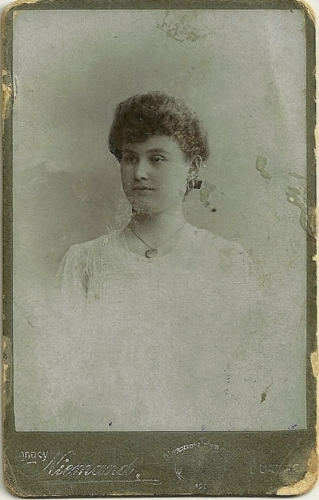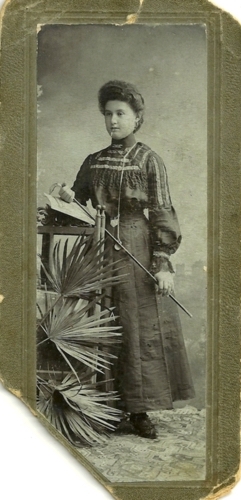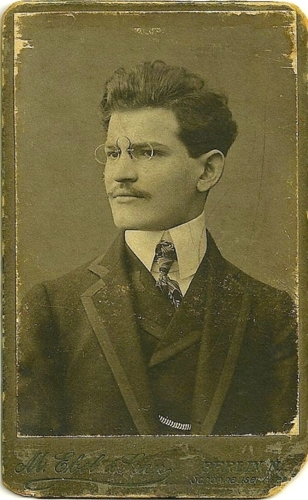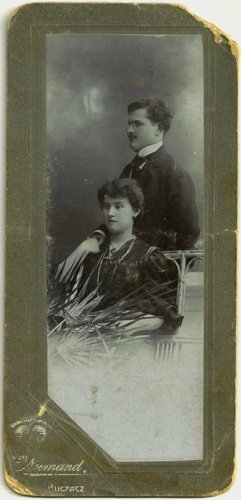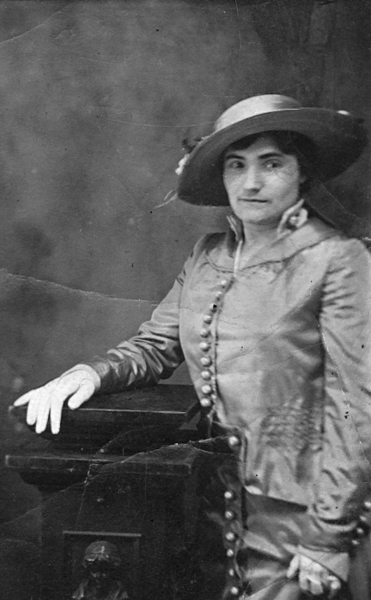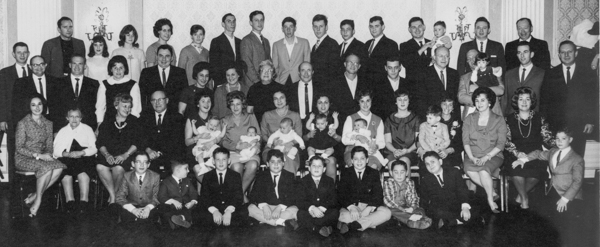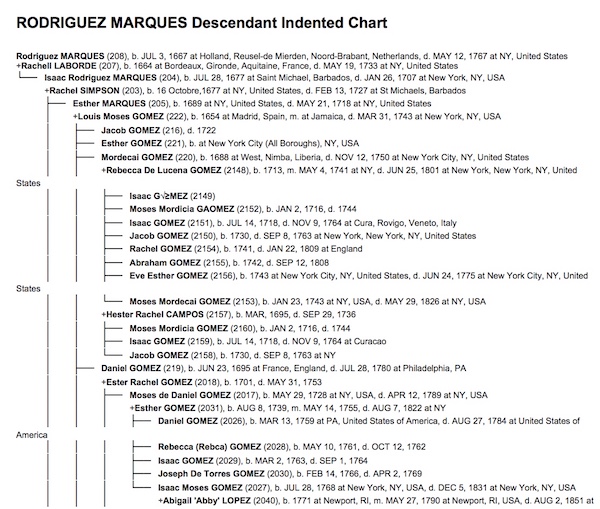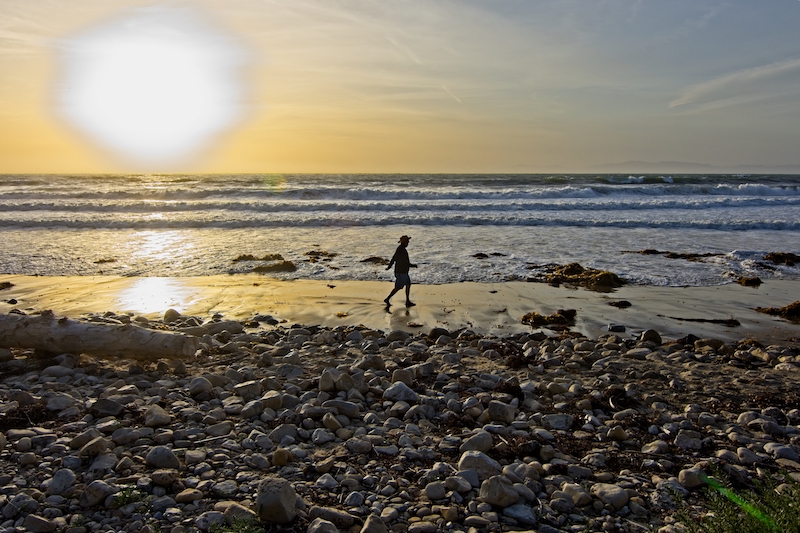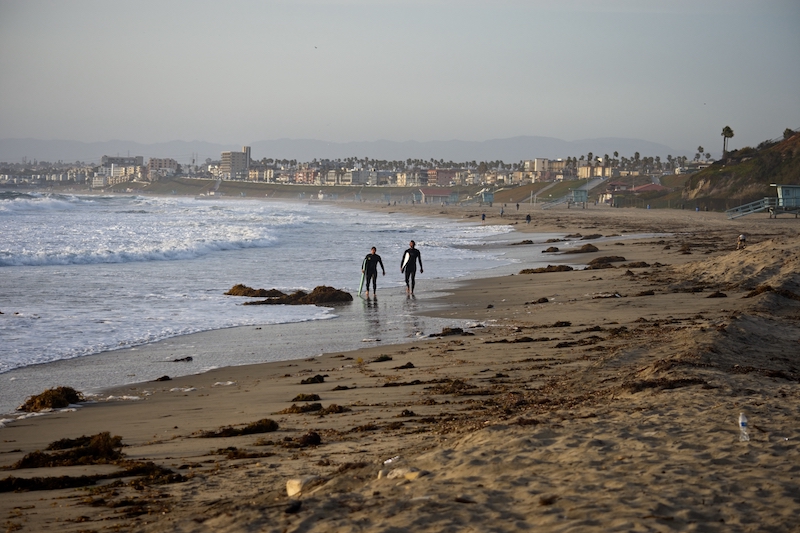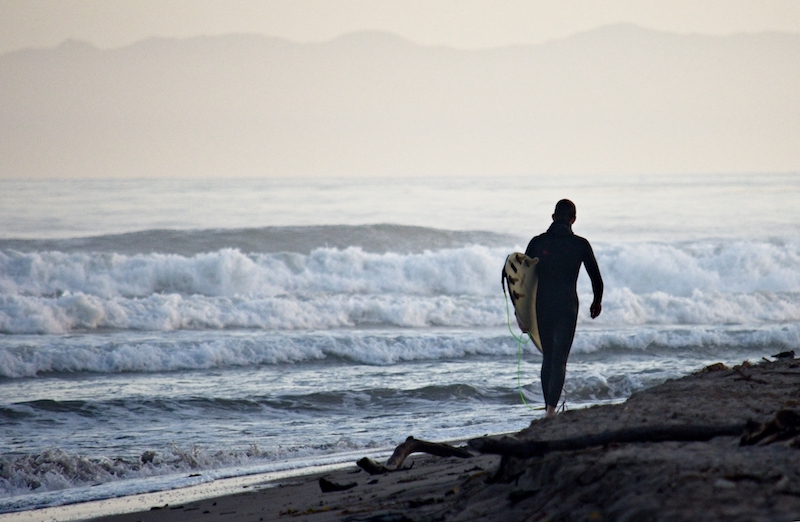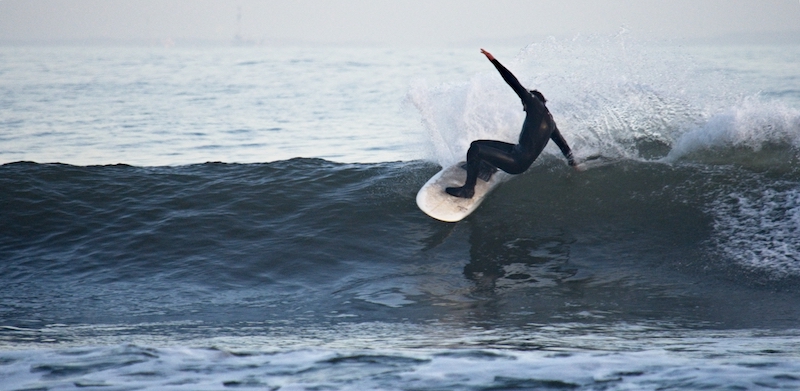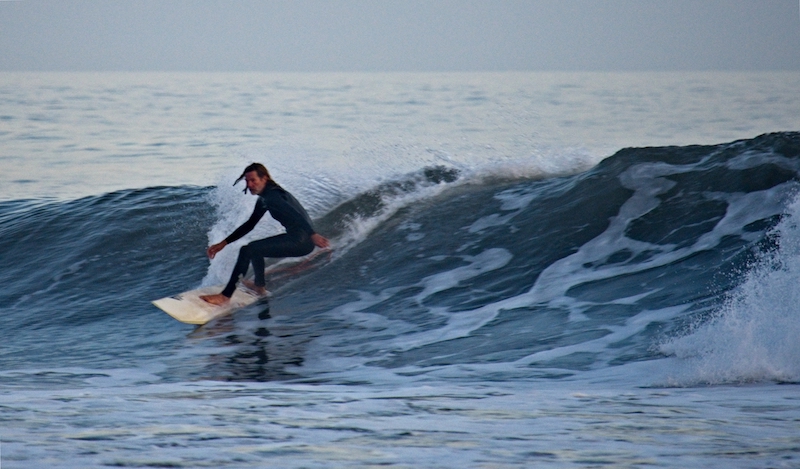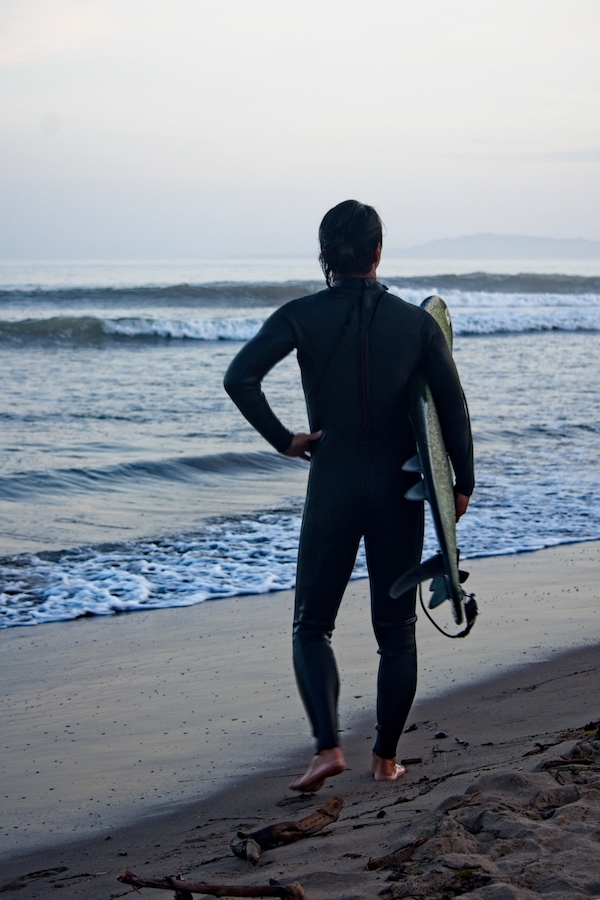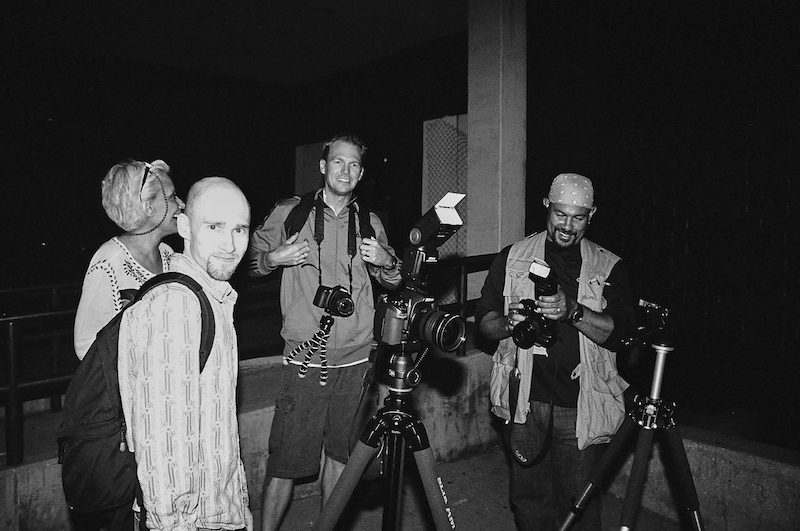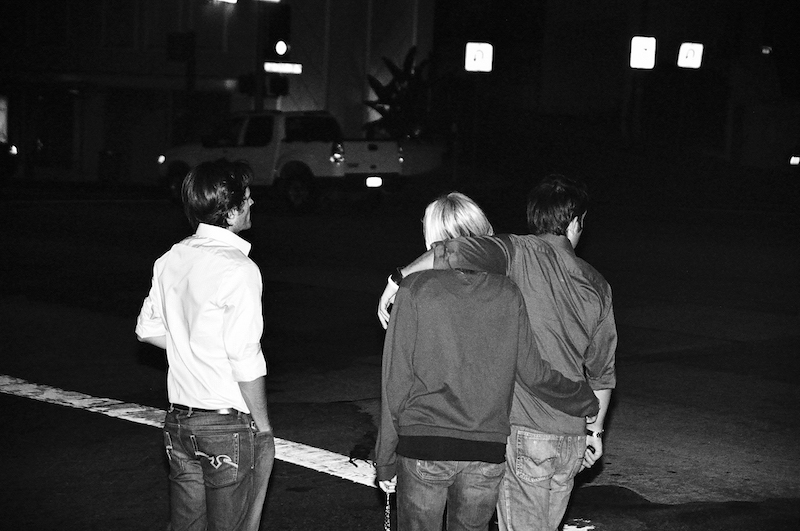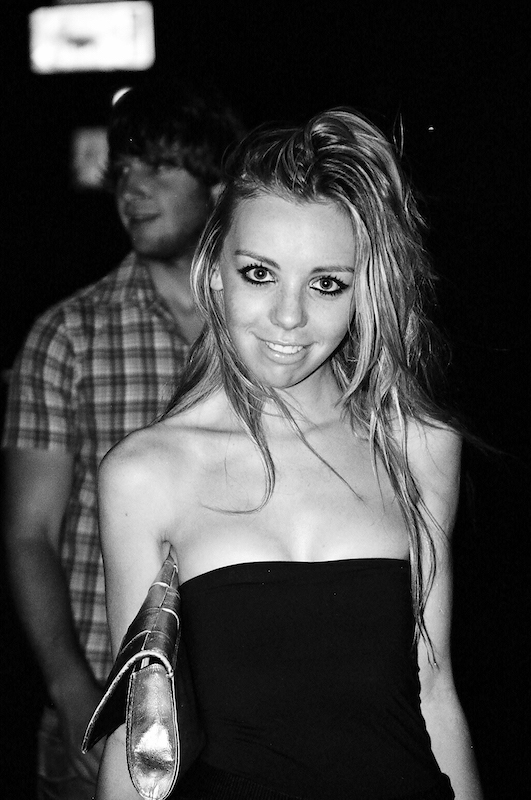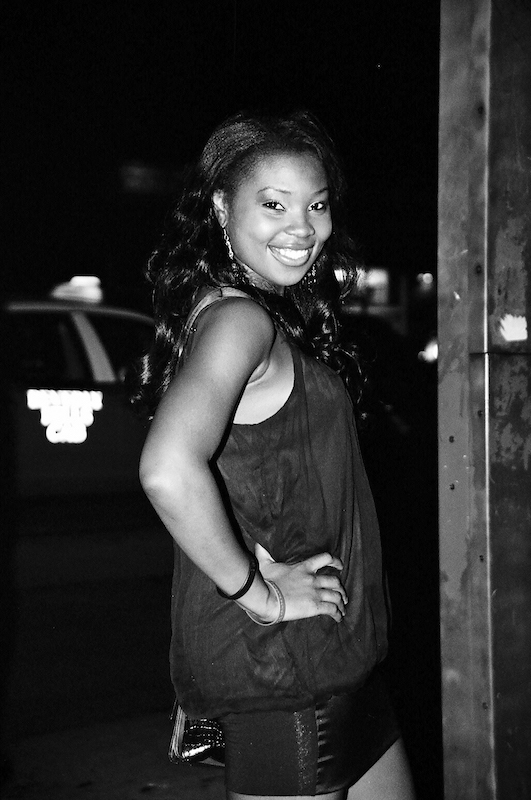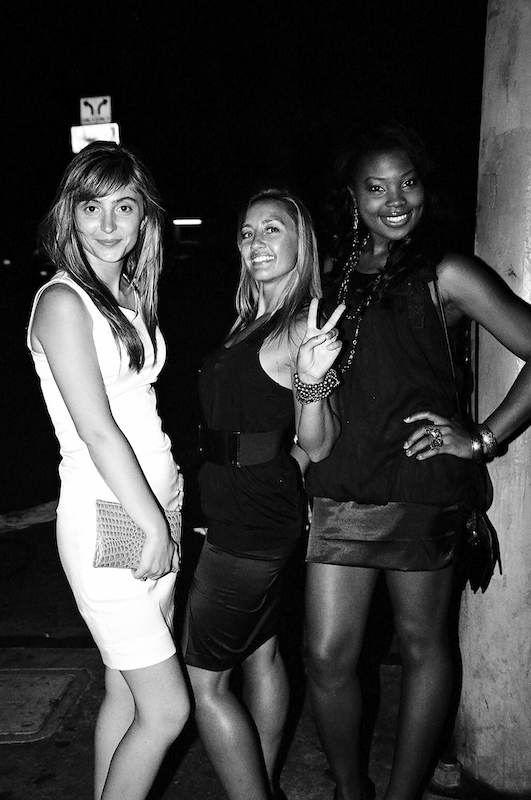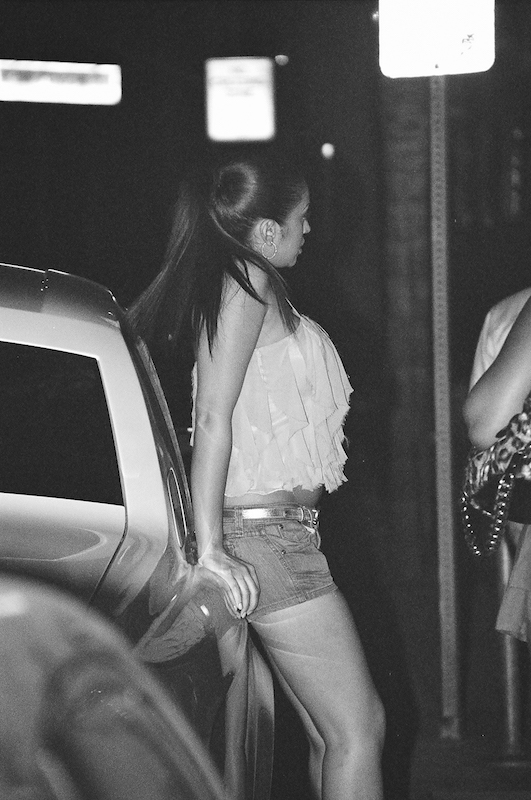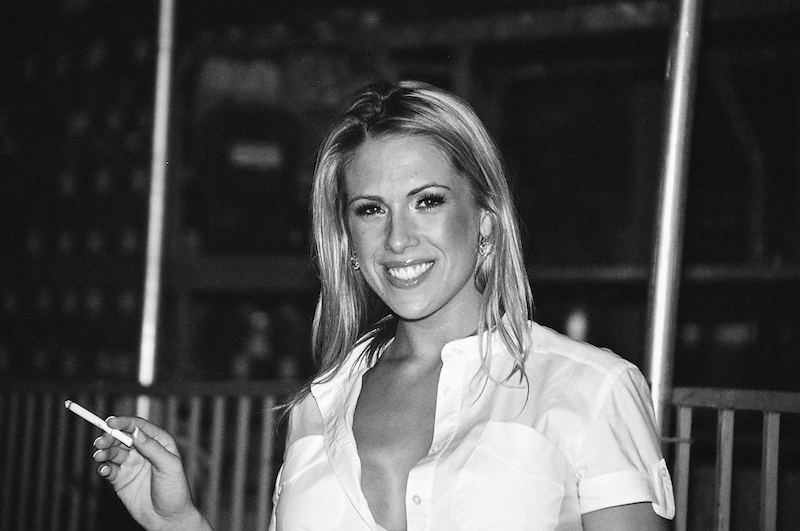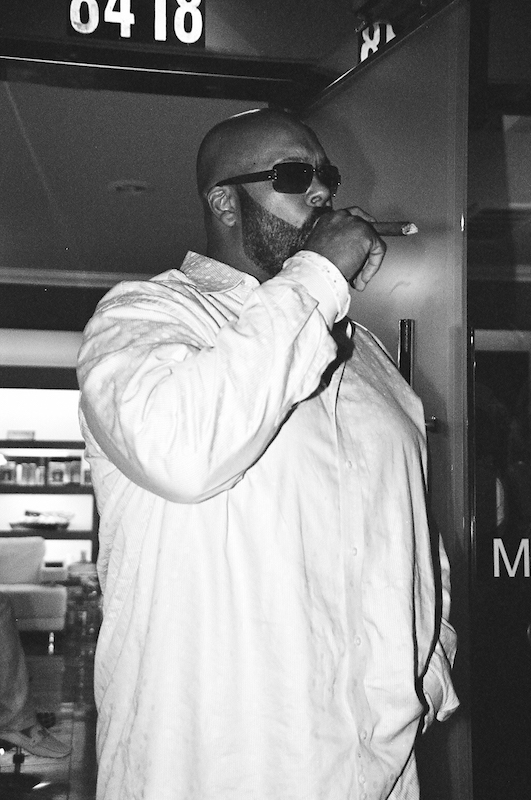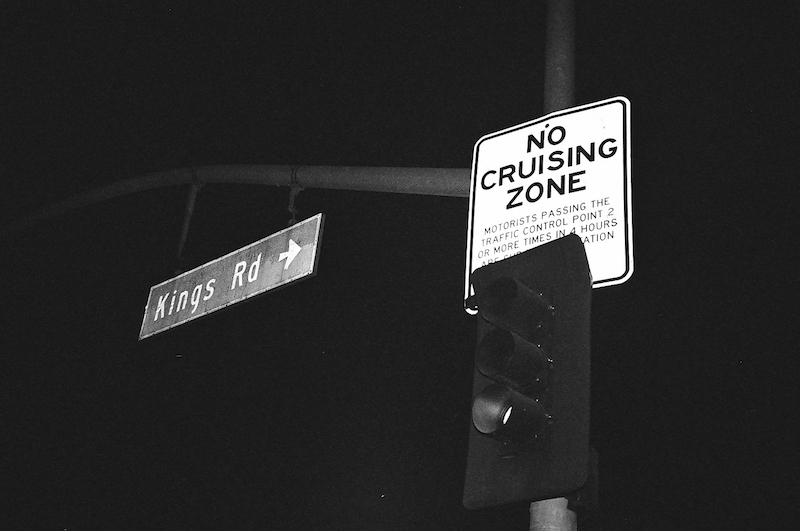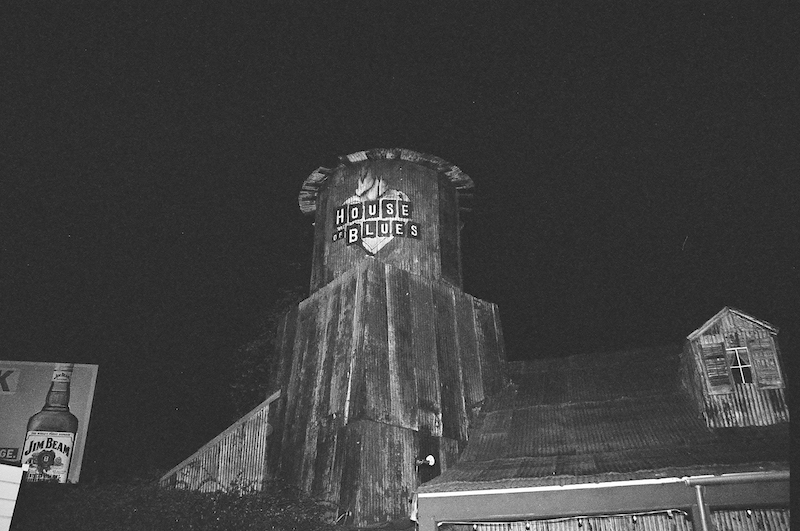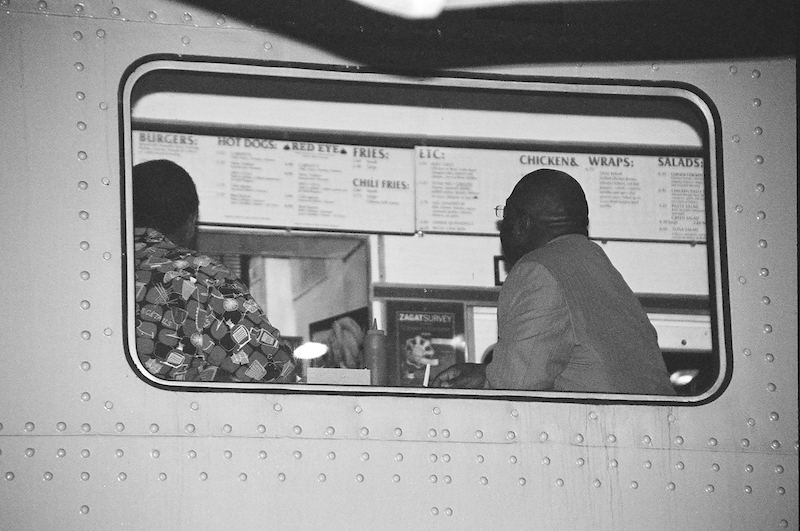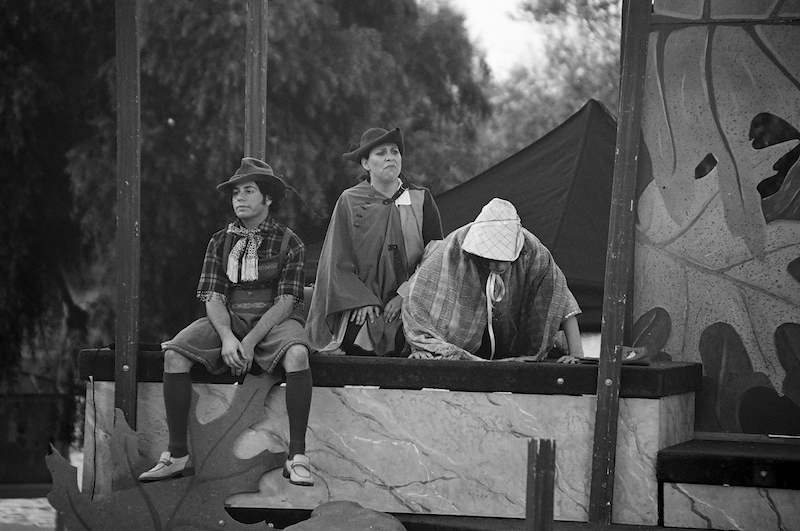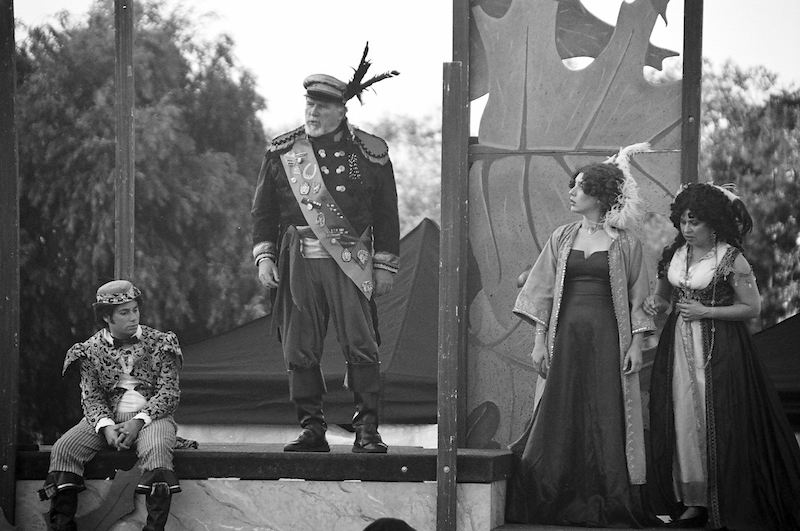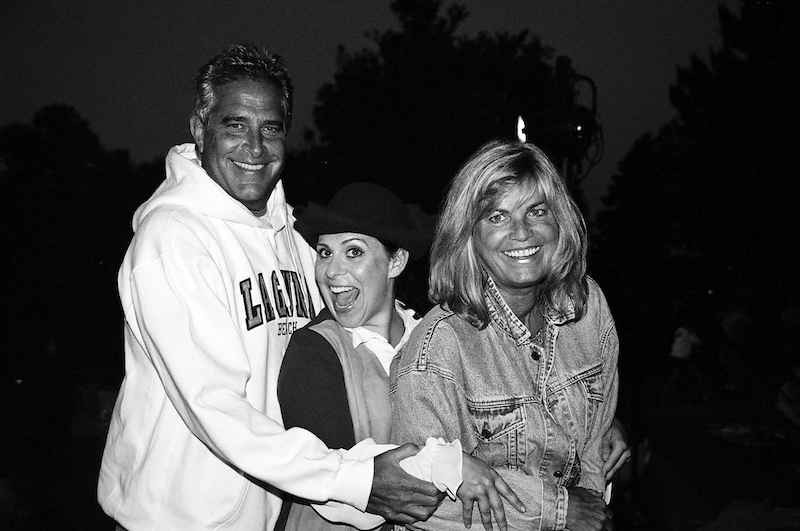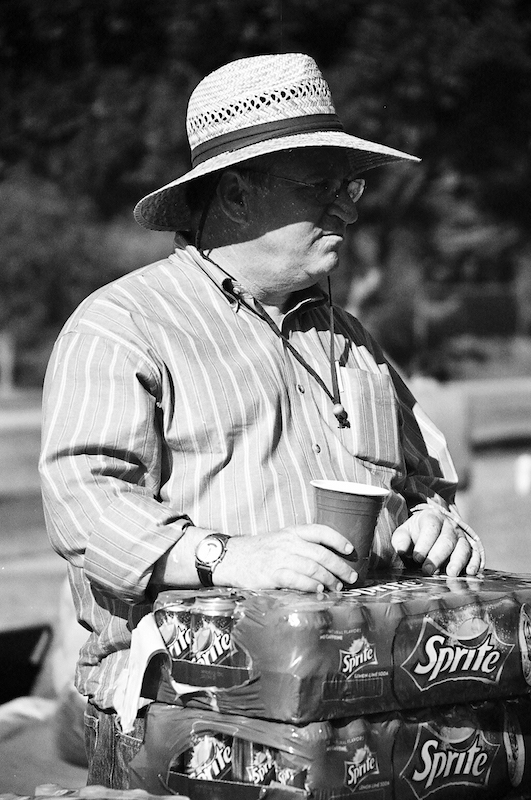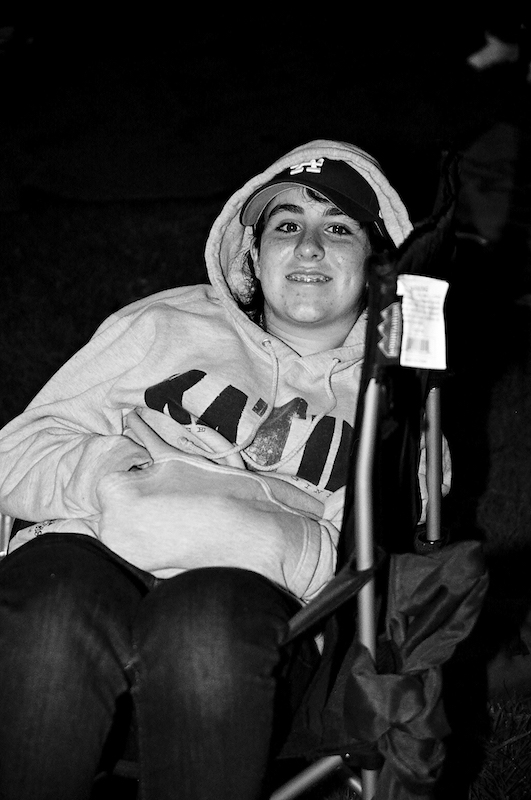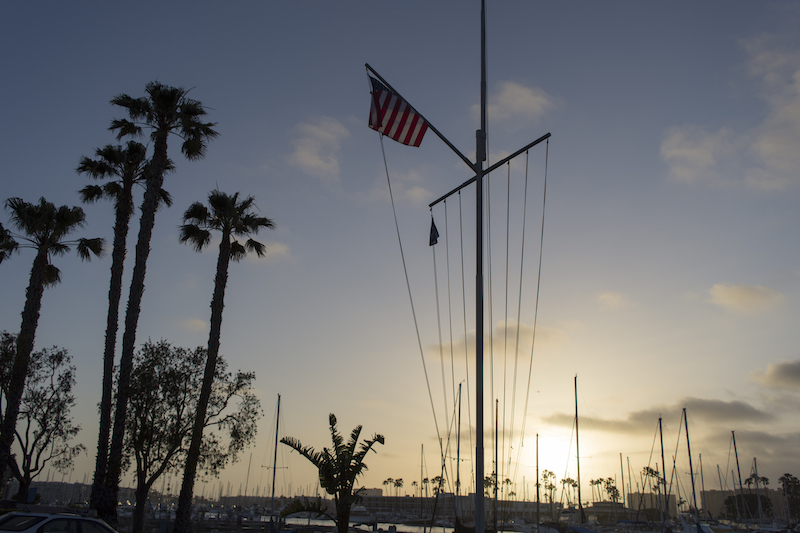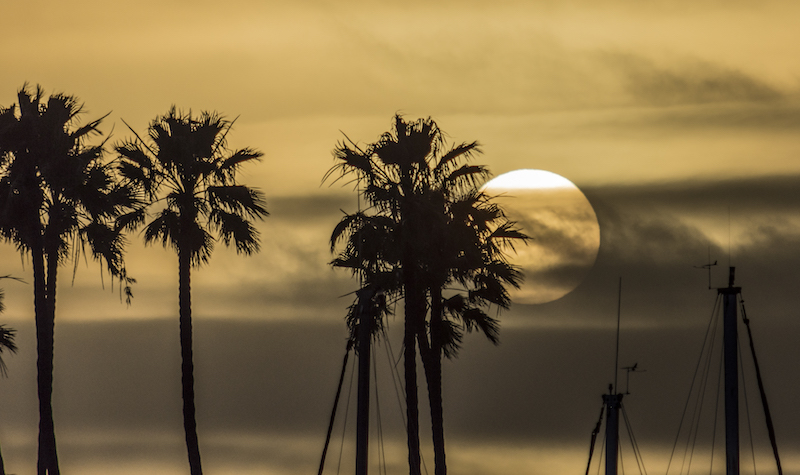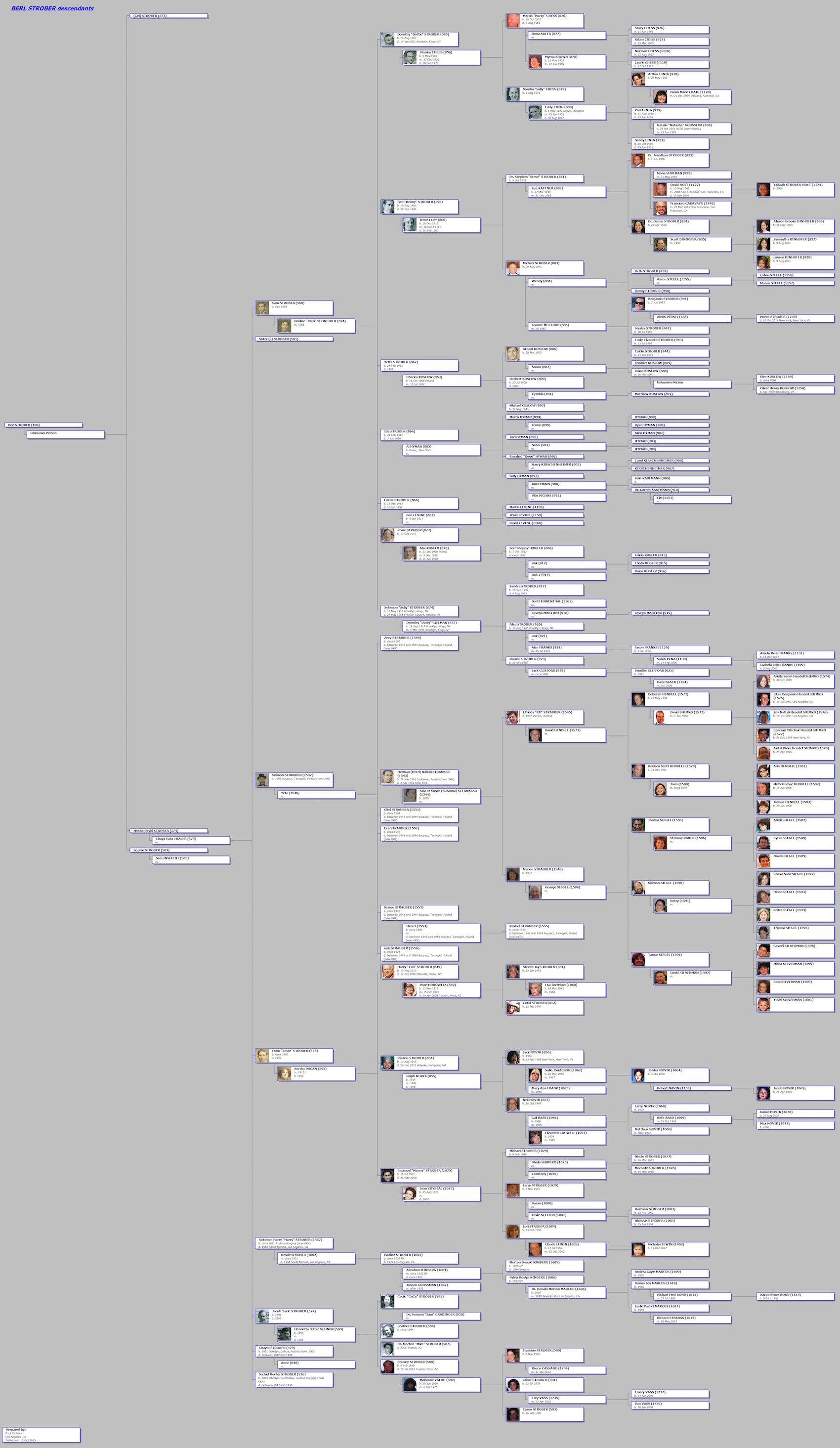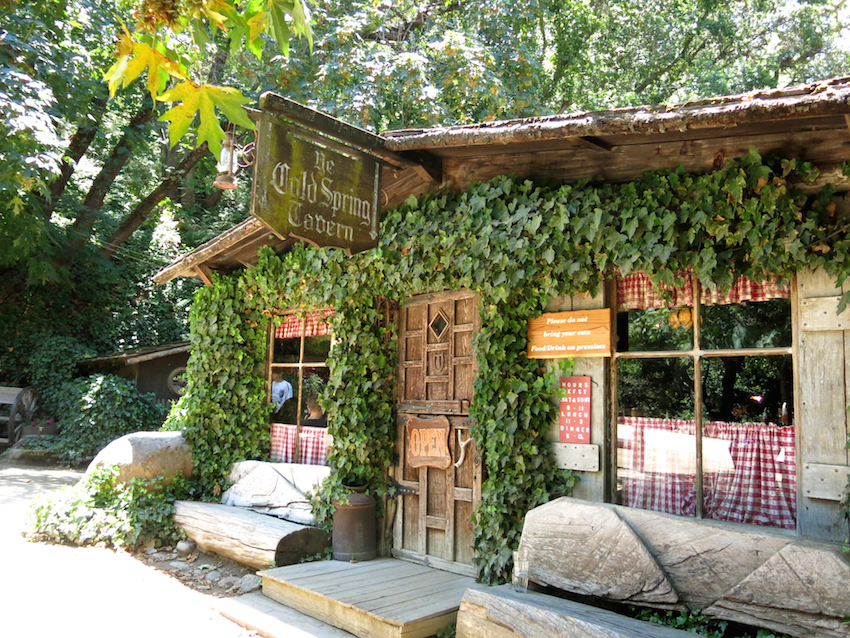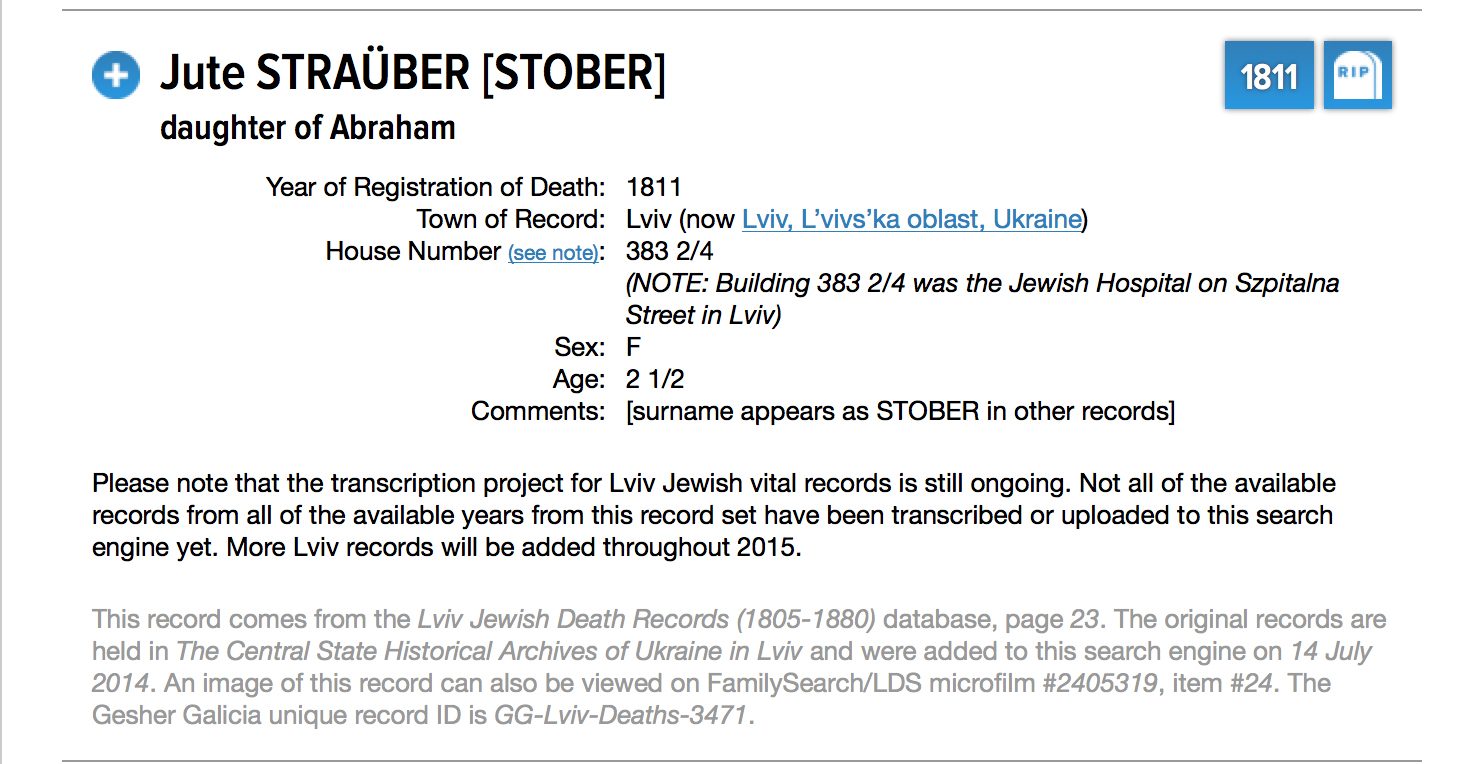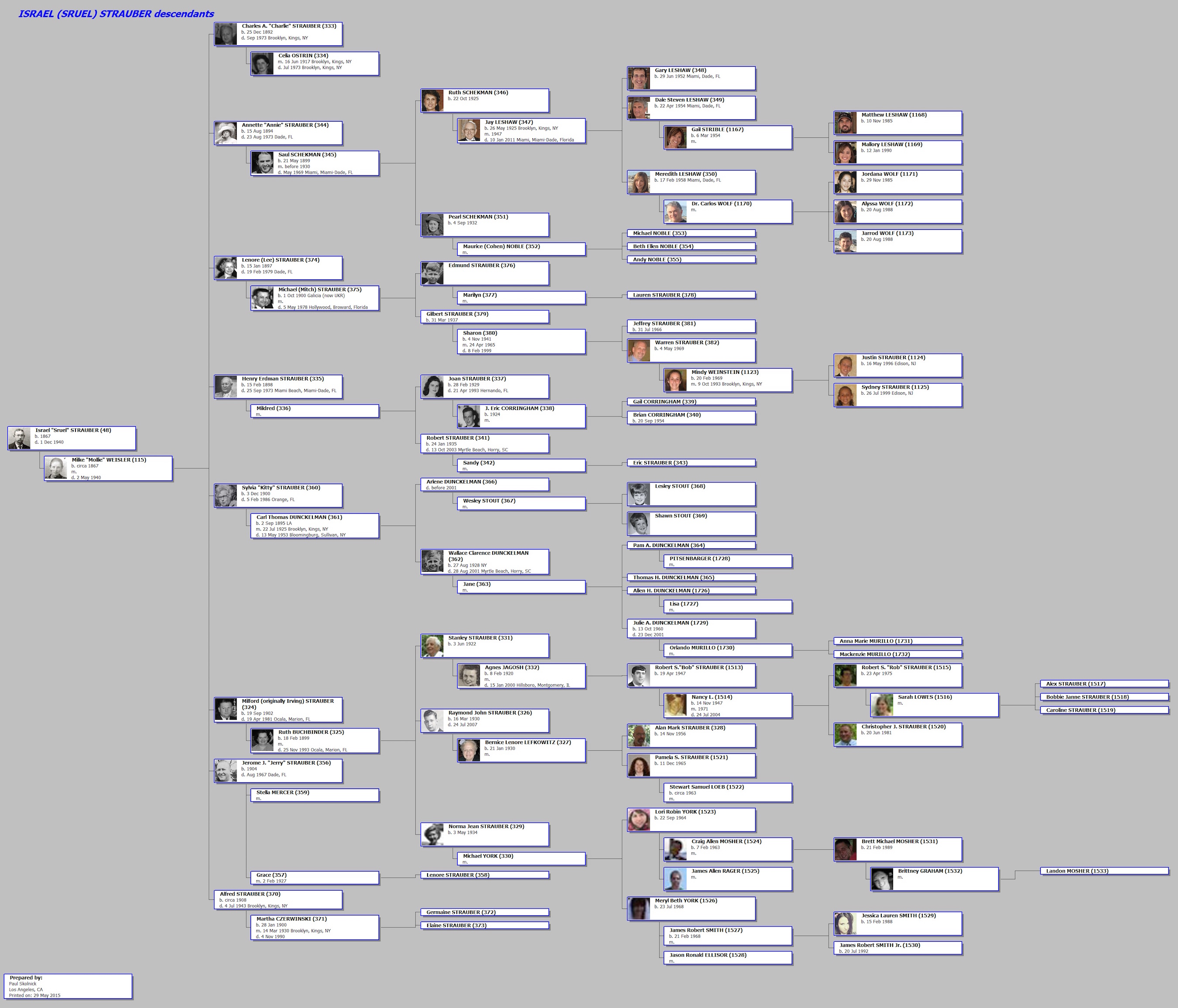EDITOR’S NOTE: Jim Ostroff is my second-cousin. His grandmother was my grandfather’s sister. Jim and I have been close friends our entire lives. More importantly, he has been close his entire life to my whole family, even though we’ve lived a continent apart for almost all of our lives. He sent me this note on Saturday.

My mom arriving at her 95th birthday party in 2018 at the El Dorado Park Recreation Center in Long Beach, CA. (Photo by Bryan C. Frank)
Gray clouds hung low. It was a dreary, blustery day, a typical March morning in Washington, as I drove in to work; a day indistinguishable from any other in this gloomy month, my least favorite.
What cheer there was come from knowing April soon would begin, bringing abundant sunshine, the pink powder puff blooms of cherry trees and gentle breezes.
In an instant, my mood crashed, for it was Friday, March 29, 2019. As I turned the corner from 14th Street onto Constitution Avenue the cellphone in my shirt pocket shrieked with a buzz. The text message from you, Paul, overcame my emotions. Ethel Skolnick had died early that morning.
Hastily pulling over, I sent a reply message with brief condolences; noted that I’d call you in a few minutes upon arriving at my office.
I tucked the phone back in my pocket. The few-block drive was a blur, as I could not help but weep. A veritable giant, one of the kindest, most influential and loving people in my life had moved beyond the realm of the living.
It smacked me down that going forward, I never would hear your mom’s voice again; never be able to avail myself of uplifting calls that invariably began with a cheery, “GOOD MORNING, JIMMY!”
Nor would there be the happy anticipation of big boxes arriving at the front door, bulging with oranges and lemons from the Skolnick grove, nor scrumptious hamantaschen. I no longer could look forward to periodic two-hour phone visits with your mom that cartwheeled from discussing her and your dad’s many activities, all that you, Marty and Elliot and families were doing, politics, gardening and her late-in-life avocation: college basketball cheerleader.
Your mom spent an inordinate amount of time asking about the welfare of Matthew and Ellen, and later their children, and most especially how Wendy and I were doing; so very often proffering advice about life situations, which was invaluable.
In truth, your mom always was there and always cared about me.
This was evident by two “bookends”: The baby blanket Ethel bought prior to my February 1951 arrival in this world; the kingsize bed quilt she made for Wendy and I, completed in 2017 following a protracted convalescence from pneumonia. This was the last quilt she ever made….
It may seem improbable that your mom had an abiding interest in me, as I was but her first-cousin, once removed, by marriage, who lived nearly 3,000 miles away from your family for all but five months of my life.
It says something most insightful about your mom that she did. Life in the Ostroff household during the ‘50s and ‘60s was tumultuous and traumatic, owing to the emotional instability and illnesses that bedeviled my mom and Grandma Clara Skolnick Rosenblum, and my dad’s frequent layoffs from work.
None of this seemed to be of substantial concern to mom’s two sisters. They chose to focus on their families’ wellbeing, first and foremost. Perhaps this is as it should be, but a little caring would have gone a long ways.
Ethel Hoffman Skolnick was diametrically opposed in character, temperament and humanity to these two, who like my mom, were first cousins to your dad. At her very core, your mom had an innate goodness and not an iota of pretense.
Your dad and mom had a special affinity for Thea and Herb, and Aunt Clara, as did your grandparents Paul and Esther. There was a most special closeness and love, between our grandmothers, and Tante Esther and my mom.
The reasons for this, my mom told me, were profound. Esther genuinely cared about other people and possessed rare attributes. She never bore grudges; unfailingly sought to reach out to family members in need. Esther was the unquestioned family peacemaker. She reconciled relatives who proverbially or literally spit on each other after spats.
Your mom very much admired and loved Esther and, I believe, assumed Esther’s mantle after her June 1953 passing.
As Esther had been close with Thea, your mom maintained a steady correspondence with my mom, month after month for decades; made sustained and concerted efforts to remain in close touch with all of your uncles and aunts. Family and individuals, whether kin or not, mattered greatly.
To an extent, people are endowed with certain emotional proclivities which are hardened or moderated by life experiences, and on occasion, by an individual’s determination.
A comment made to me by your Uncle Leo some years ago crystalized that the latter two were decisive in forging your mom’s character.
“I am so proud of Ettie,” you uncle said, unsolicited. Leo recounted that your mom lost her mom, Mary, at a young age and with three older brothers, often had to fend for herself.
Slightly paraphrasing: “Ettie left Liberty and went to New York with almost no skills. She learned on the job, took classes and before she retired, was the comptroller of a large, international company. She was indispensable.”
Your mom had great native intelligence and tenacity, but her life was not focused solely on the pursuit of professional skills. Far more consequential, Ethel Hoffman Skolnick had an innate desire for lifelong learning and personal growth. In a real sense, your mom had the mindset of a 10-year-old. She believed that nothing was impossible for her to do and virtually every life goal was attainable.
The evidence is abundant that your mom lived every day believing she could reach for the stars, then the ones beyond, and vitally, possessed the flexibility to pirouette at various stages of her life. The Summer of ’53 Great Relocation was the diving-off platform that could send Ethel to the depths, or soaring to new heights. The latter was not assured.
While your dad had world-traipsing experiences during his Army service, your mom’s were largely confined to New York. Her family, social, cultural and work life were firmly anchored, literally within a few miles of home and remained so for two years after she and your dad married.
The Skolnick family left all of this — everything and everyone familiar — and headed West, this at a time when insular Easterners considered anything beyond New Jersey Terra Incognita.
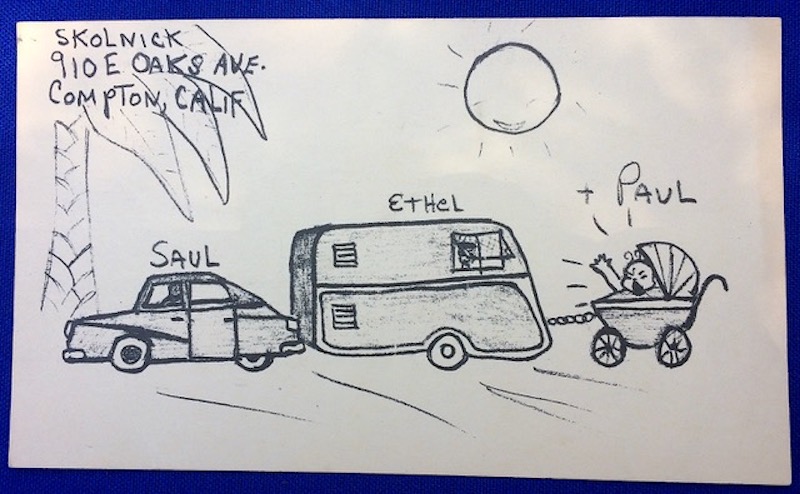 De facto it was. Not for you. As a month-old tyke even the concept of home had not taken root. In many ways, not for your dad, as he had such wide-ranging life experiences, courtesy of Uncle Sam. It was an unsettling challenge for your mom, as she related to me. She knew not one soul. A most family-oriented person, your mom was cut off from easy interaction with her brothers and every relative.
De facto it was. Not for you. As a month-old tyke even the concept of home had not taken root. In many ways, not for your dad, as he had such wide-ranging life experiences, courtesy of Uncle Sam. It was an unsettling challenge for your mom, as she related to me. She knew not one soul. A most family-oriented person, your mom was cut off from easy interaction with her brothers and every relative.
Those early days in California were bleak, your mom related. So very many people, understandably, would cartwheel downward in this environment.
It was a hallmark of your mom’s life that she never wallowed in self-pity, or permitted difficult situations to defeat her.
Ethel possessed far more than mental toughness. She has a special spunk and spirit. By dint of her personal warmth, infectious joy and laughter, people were drawn to being with her.
There was another element in a critical triad: Your mom never accepted that aging diminished our ability to learn, nor that one’s basic character is set in stone.
As documented in letters between Ethel and Thea, your mom didn’t just make all new friends, but became a veritable magnet for people who so relished their time with her and at gatherings at your homes in Compton and Long Beach. Most of these friends were of far different cultural and religious backgrounds and experiences than your parents.
I so well remember your mom telling me that these differences, including that Jewish families were few and far between, mattered not a whit to her. I can hear her to this day. “Jimmy, I’m lucky to have so many wonderful neighbors and friends.”
As the tide of time rolled on, so many of these friends passed on, one of the difficult downsides of attaining great age; why so many in they late 70s and 80s find themselves all but friendless. Not Ethel. She continued to make new friends. It is so telling that many of these people were half your mom’s age for the very good reason that her mental outlook and joie de vivre were those of young adults.
No matter what the calendar said, Ethel Skolnick never grew old.
It is inadequate to say that your mom had a yen for lifelong learning. She did, but this was a “byproduct” of her zest for life.
As best as I can figure it, your mom possessed a shark-like M.O. She had to keep moving ahead. She did not want to fall behind, whether it be in job skills, knowledge, popular technology or culture.
Just as your mom arrived in NYC and taught herself accounting, steno, and business, she kept up with the rapidly changing business and technological environment to become an indispensable manager in an international trade business. Not bad at all!
In the ‘50s and ‘60s Ethel’s focus was on home, raising three boys and doing so much for your dad. This was most satisfying for her. She so much loved your dad, you, Marty and Elliot. Over the years your mom often talked about how fortunate she was to have a wonderful family. In turn, you were so fortunate to have a mom who shared love and worked to give it and a sound grounding to each child.
By the mid-1970s your mom was in her 50s, an age in that era when people pret-ty much were set in their ways, settled in their routines with little impetus to alter their glide path. It truly can be said that among her generation, your mom was an outlier.
Well in her 60s, she continued to master new systems deployed on the job, a daunting task for young people. That she did was went beyond intellectual capabilities. Ethel Skolnick refused to let the times or technology pass her by — had a hankering for the new and for change. Even more significant, she envisioned no limits for personal growth nor restraints on curiosity; no reason to allow her worldview to atrophy.
In her advancing years when most people slow down, your mom sped up!
A childhood fear of water notwithstanding, she learned not simply to swim, but nailed the butterfly and back strokes. Your mom exhibited great artistic talent, mastering quilting and needlepoint. She became a voracious reader and bookclub leader and having learned mahjong, dove into it just as headlong as she had the pool. With so much time on her hands…, your mom devoted even more to attending the grandchildrens’ Little League games and became perhaps the world’s oldest cheerleader at Momadou’s basketball skirmishes.
While a fair number of people from our parents’ generation got email accounts, your mom pushed herself to master the Mac. Utilizing photos she took and uploaded, Ethel for years made her own birthday cards. Her beautiful pictures adorned the cover and most wonderful and sincere wishes inside, all of which she printed. Truth be told, I hardly could keep with the pace of your mom’s IMs!
Personally I shall forever be grateful that your mom extended love and concern to me. This says so much about the person she was, giving of herself when there was no “reward,” simply because she felt one person can make a difference in another’s life.
I believe your mom understood the challenges posed by my growing up years — that try as my parents did, our household tumult left us bereft of any sort of normal family life. This troubled your mom who deeply cared, in a way that my aunts could not, or did not choose to become involved.
Cousin Ethel had a special ulterior motive in inviting me to join your family during August of 1970 on an extended, zigzag trip from Long Beach north to some TBD destination, given your dad’s proclivity to improvise on routing.
I felt then as I do now that your mom wanted me to experience life as part of a strong nuclear family, as well as being thrilled by sights and adventures wholly new to me.
My time with your family was a bit more than two weeks, but in its own way was life-changing.
We all had a most wonderful and fun time meandering across California and indeed I reveled in so many first-ever experiences, from climbing the Sierras in the family station wagon to tubing the American River; scaring the bejeebers out of ourselves telling ghost stories at the Lake Siskiyou camp to meandering hither and yon through a blanket of fog in Coos Bay, Oregon.
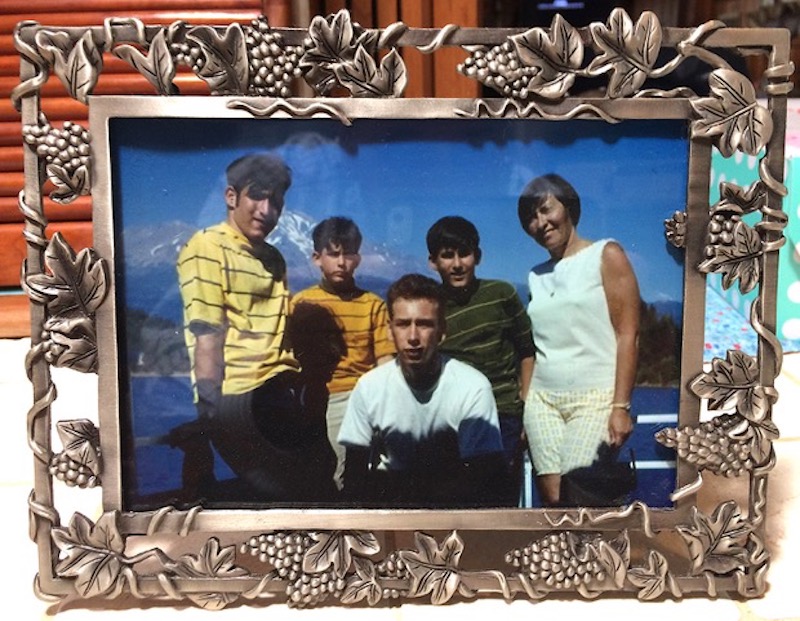 The unanticipated fun all the kids had at the Ventura restaurant into the early morning hours is one of my life’s great memories.
The unanticipated fun all the kids had at the Ventura restaurant into the early morning hours is one of my life’s great memories.
Far more important, the insights I gained into the dynamics of a truly good family provided a most vital perspective. The various situations I experienced as a child and teen in my household were grounded in situations unique to my family. It did not need to be this way; I could go another…, and I have.
In the intervening years your mom and I talked on average every six-to-eight weeks, almost always for around two hours. Our chats proverbially spanned the globe: Your family’s doings, politics, travel, gardening, theater, her latest quilting projects and books read, her swimming escapades. Still, the majority of the time your mom inquired as to my activities and career; how Wendy and I were doing. There was no imperative for Ethel to do so, and it took up much time she she could have devoted to other things, but still, she gave unselfishly.
On the occasion of your mom’s 75th birthday, I was asked to write some appropriate comments. The gist of what I wrote harked back to a comment my mom oft times made when referring to her cousin-by-marriage: “Special Ethel.”
There was a good reason for this sobriquet. Ethel Skolnick proved that hardly anything was impossible if we set our minds to it. She was without pretense, genuinely cared about the lives and welfare of other people and did everything she could to help them, to make their lives better.
Always will I remember that day in March of 2019 when I learned that your mom had passed on. The loss and emotional gash remain. So, too, does my gratitude to your mom for all that she did for me out of caring and love. These shall forever enrich my life and be as a guiding beacon for the the of person I can be; for what I can accomplish, even against great odds.
Special Ethel. You bet!
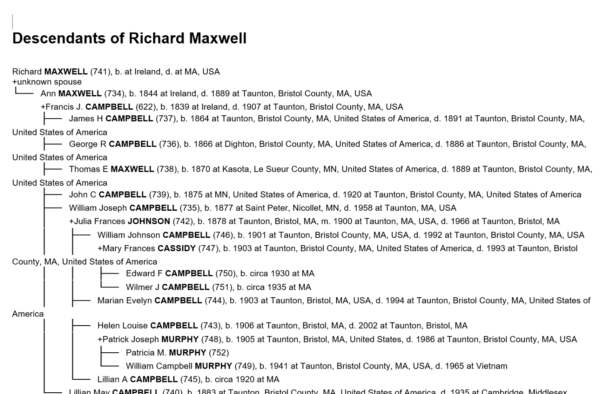 I have spent quite a bit of time recently trying to add detail to the lineage of my wife, Chris Ann Maxwell. It’s a challenge because, contrary to what she’d always been told, her family is absolutely huge.
I have spent quite a bit of time recently trying to add detail to the lineage of my wife, Chris Ann Maxwell. It’s a challenge because, contrary to what she’d always been told, her family is absolutely huge.
